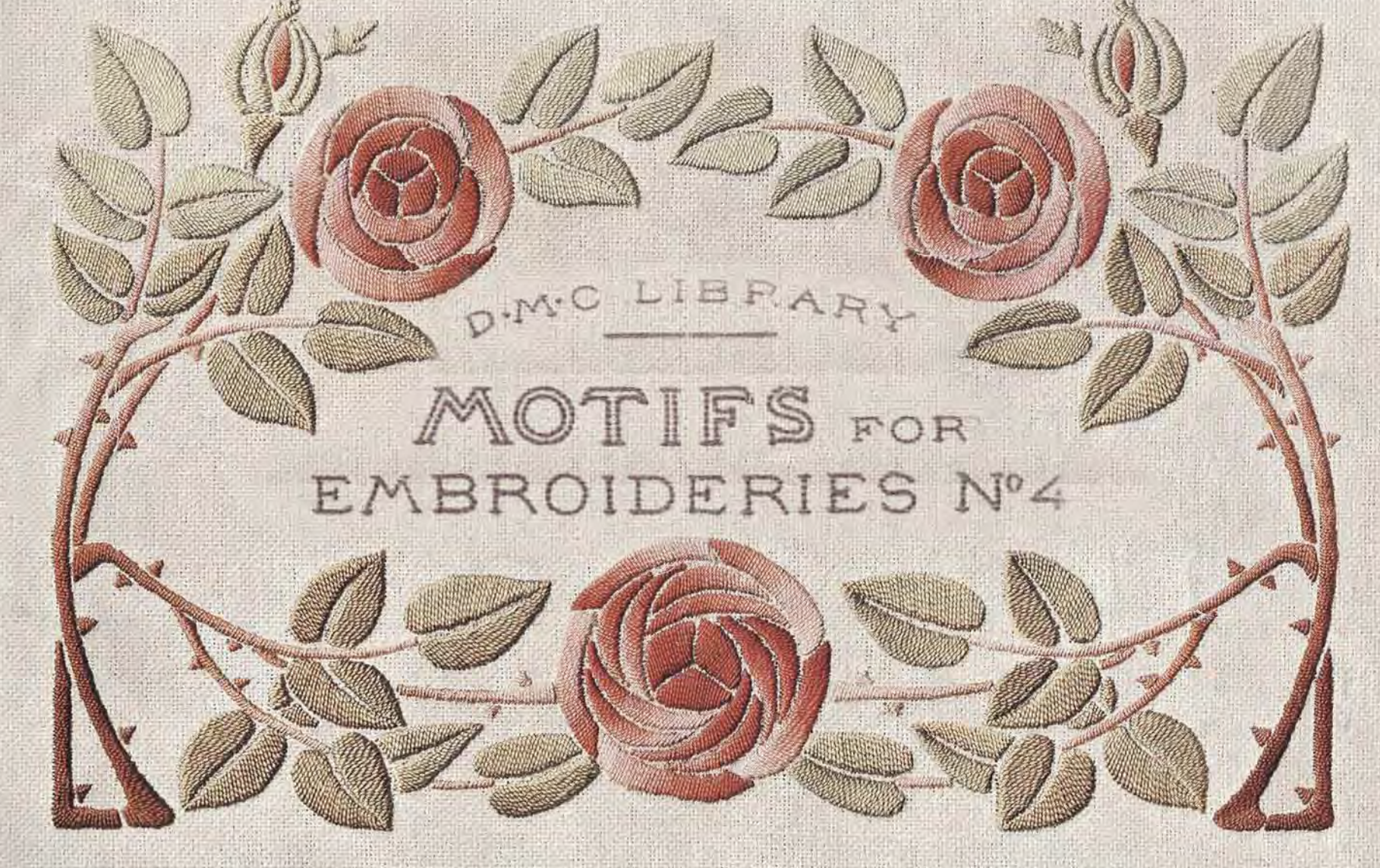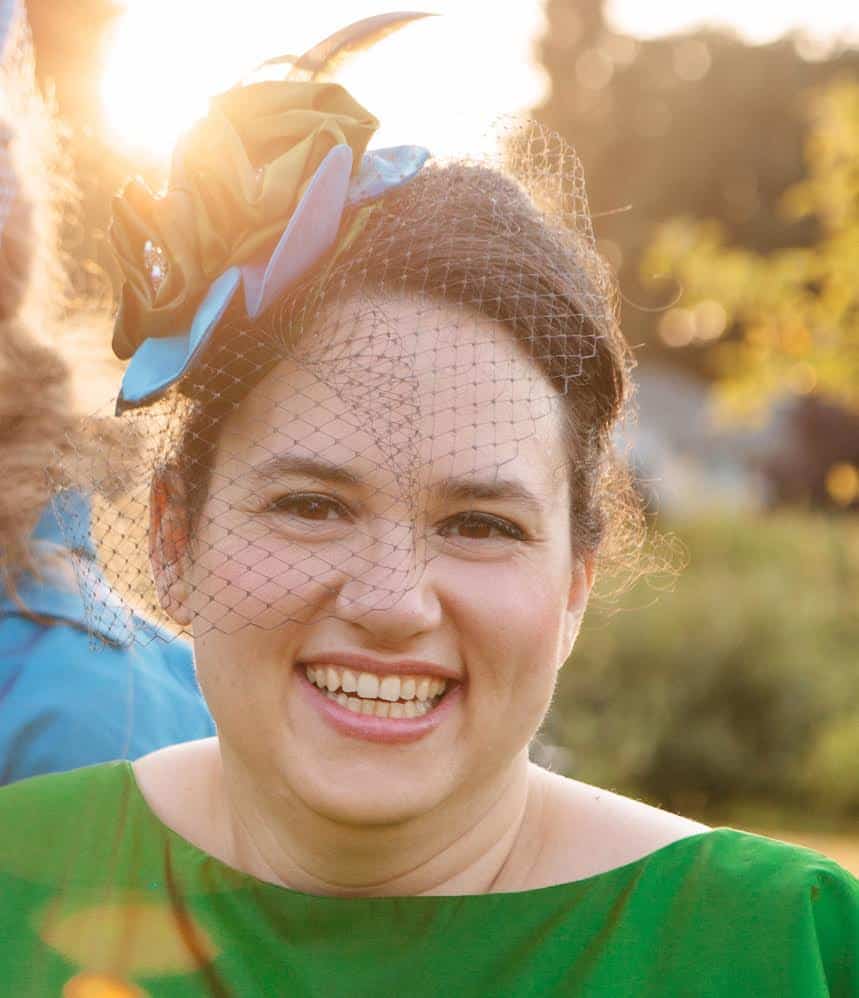Embroidery Inspiration – 18th c. Quilted Petticoats
With the upcoming release of my 18th c. quilted petticoat design, my mind is swimming with visions of quilted silk in every color. So for this week’s embroidery inspiration, let’s dive into the colorful world of 18th c. quilted petticoats.
Now, I realize that quilting and embroidery are two entirely different branches of needlework. However, the beautiful designs on petticoats from this era can easily blur the line between the two, and so I am including them within the general family of embroidery.
Quilted petticoats can range from simple and utilitarian to ornate works of art. Silk satin appears to be the most common material, and you see them in every color of the rainbow. Most have 1-3 rows of straight stitching at the hem, and the quilting generally stops a few inches short of the waist. From there they can vary greatly.
The most basic petticoat designs are simple geometric patterns, like this diamond-patterned blue silk example from the MFA. 
If you want to get a little fancier, you can add a different pattern along the border. This example from the Met adds a rope-like border below diamond-patterned quilting.  This example from the MFA breaks the pattern up further, using rows of quilting at varying angles above a border of teardrop or paisley shapes.
This example from the MFA breaks the pattern up further, using rows of quilting at varying angles above a border of teardrop or paisley shapes.  Scrolling borders of flowers or foliage are incorporated into the majority of 18th c. petticoat designs, and some of these motifs can still be found in quilting designs today. Diamonds, scallops, and other interlocking geometric designs commonly fill the upper portions of the petticoat, as seen in these examples below.
Scrolling borders of flowers or foliage are incorporated into the majority of 18th c. petticoat designs, and some of these motifs can still be found in quilting designs today. Diamonds, scallops, and other interlocking geometric designs commonly fill the upper portions of the petticoat, as seen in these examples below.
Other petticoats focus primarily on florals, retaining only a hint of geometric designs. The examples below have simple scallops at the hem surrounded by floral designs, with more stylized scallops accented with flowers or leaves near the top.

You can choose to use closer rows of stitching selectively, as well. These petticoats show how the background of a design can be flattened down with stitches to contrast with the smooth areas of the main motifs. The end result is very similar to trapunto, which adds even more padding to the raised areas.

And if a petticoat simply isn’t enough, how about quilting a robe a la francaise to match?
I’ve pinned many more examples of to my Pinterest page, and will be sharing some of them throughout the week on Facebook.
Resources:
- Check out this blog post at Rockin’ the Rococo to see how she made her cream silk quilted petticoat.
- Many quilting motifs from these petticoats are still popular today, and you can buy templates like these ones on Amazon* to help you create your own designs.
Books:
- Costume Close Up* has examples of quilted petticoats, as well as scaled sketches of the quilting patterns.
- Eighteenth-Century Clothing at Williamsburg* also has several examples of quilted petticoats.
- Trapunto by Machine*
- Learn to Do Hand Quilting in Just One Day*
- 501 Quilting Motifs for Hand or Machine Quilting*
*Some of the links above are affiliate links, meaning, at no additional cost to you, I will earn a commission if you choose to make a purchase. These are marked with an * after the product name. I only recommend products or services I use personally and believe will add value to my readers, and I do not recommend products solely to get a commission.













 Previous Post
Previous Post Next Post
Next Post
